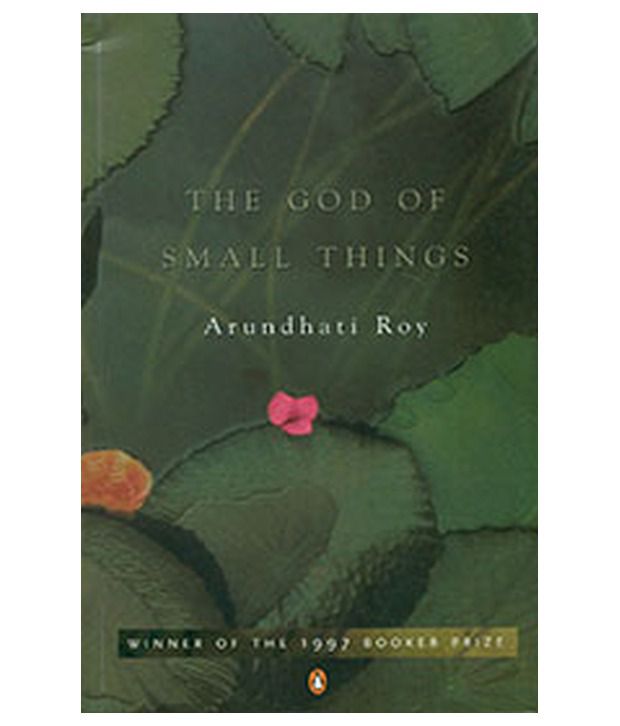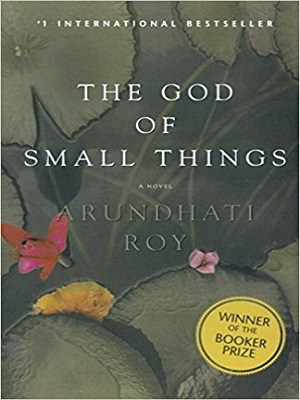


Chacko, the Oxford-educated Ayemenem native and Margaret Kochamma, his British ex-wife. Roy continues to push this colonial influence through the characters of Chacko, Margaret Kochamma, and Sophie Mol as they bring experiences and traditions from Great Britain. We are forced to consider the implications of imperialism, of the intermixing between cultures, races and classes. Kari Saipu and the Heart of Darkness crop up frequently, reminding the reader of the harm done by forbidden love and cultural intrusion. The History House stands as a shell, a place where forbidden love spoiled and ruined Kari Saipu and would later destroy Ammu and Velutha. Ayemenem his private Heart of Darkness” (51). Kari Saipu was the “Englishman who had “gone native.” Who spoke Malaylam and wore mundus.


Roy first introduces Conrad’s novel in her description of the character Kari Saipu, whose contribution to The God of Small Things was providing the location of the eventual tragedy: Saipu’s abandoned house across the river, later known as “The History House” (51). Most prominent is her allusion to Heart of Darkness by Joseph Conrad, a novel where Charles Marlow’s trip down the Congo River makes readers reflect critically about the legacy of imperialism, intrusion of Western ideals, and what it means to be ‘civilized.’ Beyond the standard Reader’s Digest Great Encylopaedic Dictionary that Estha and Rahel use to improve their English proficiency, Roy references literary works about Western pioneers exploring exotic frontiers. Throughout the novel, Western literature is referenced and repeated, inviting the reader to understand colonial influence within the daily lives of the characters. Roy magnifies this issue through drawing references to colonialism and Western intrusion in Indian culture. The community in Ayemenem suffers the consequences of societal fractures, derived from the well-established caste system. In The God of Small Things, author Arundhati Roy weaves a story of love and misfortune in 20 th century India.


 0 kommentar(er)
0 kommentar(er)
